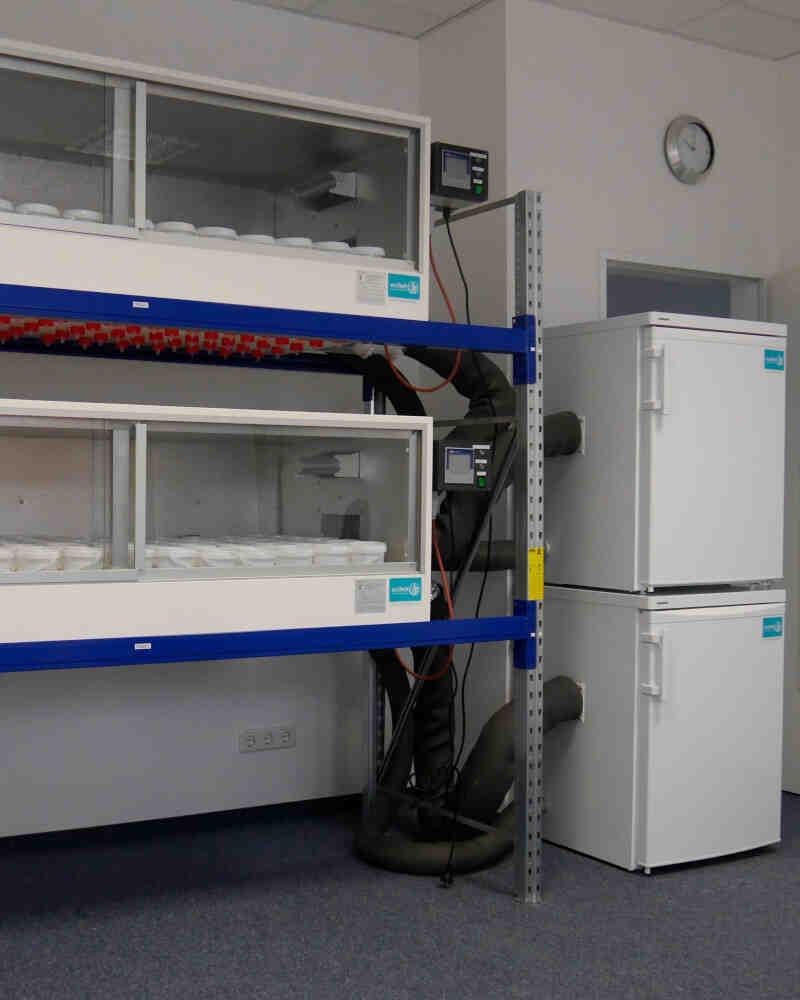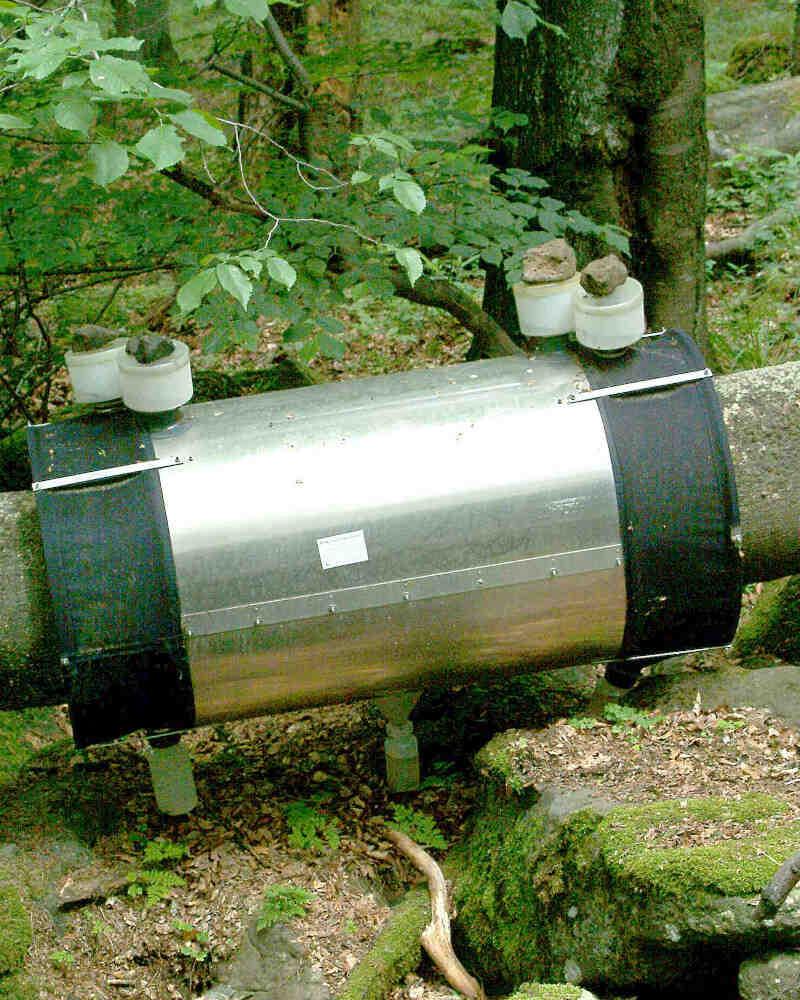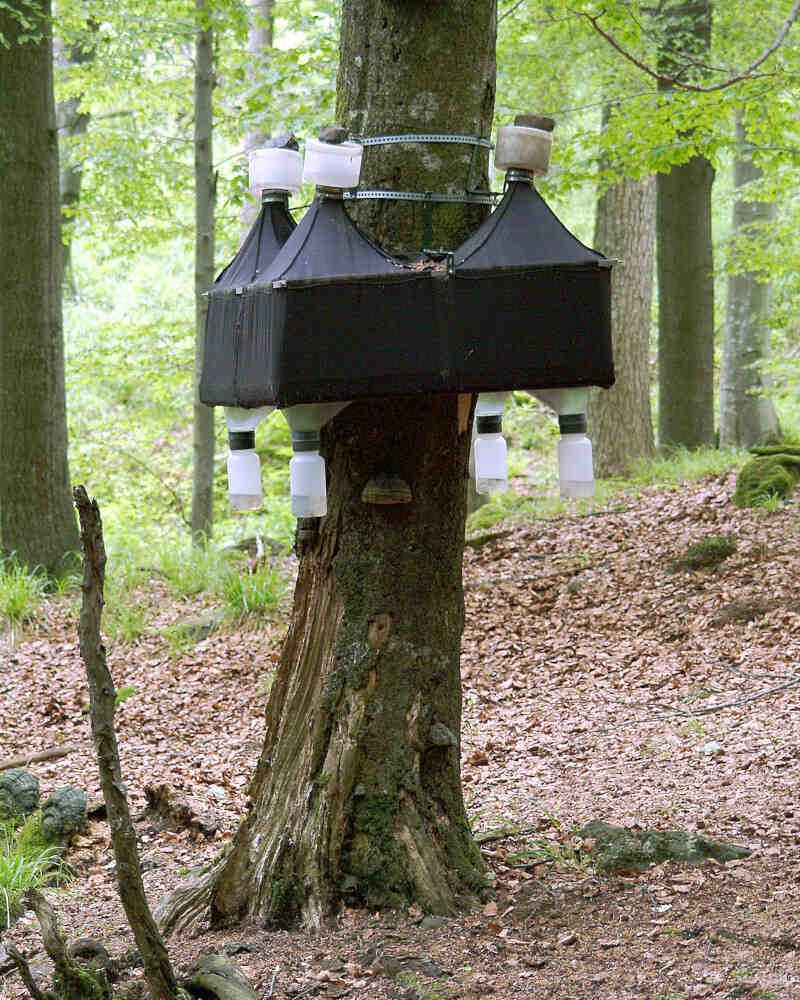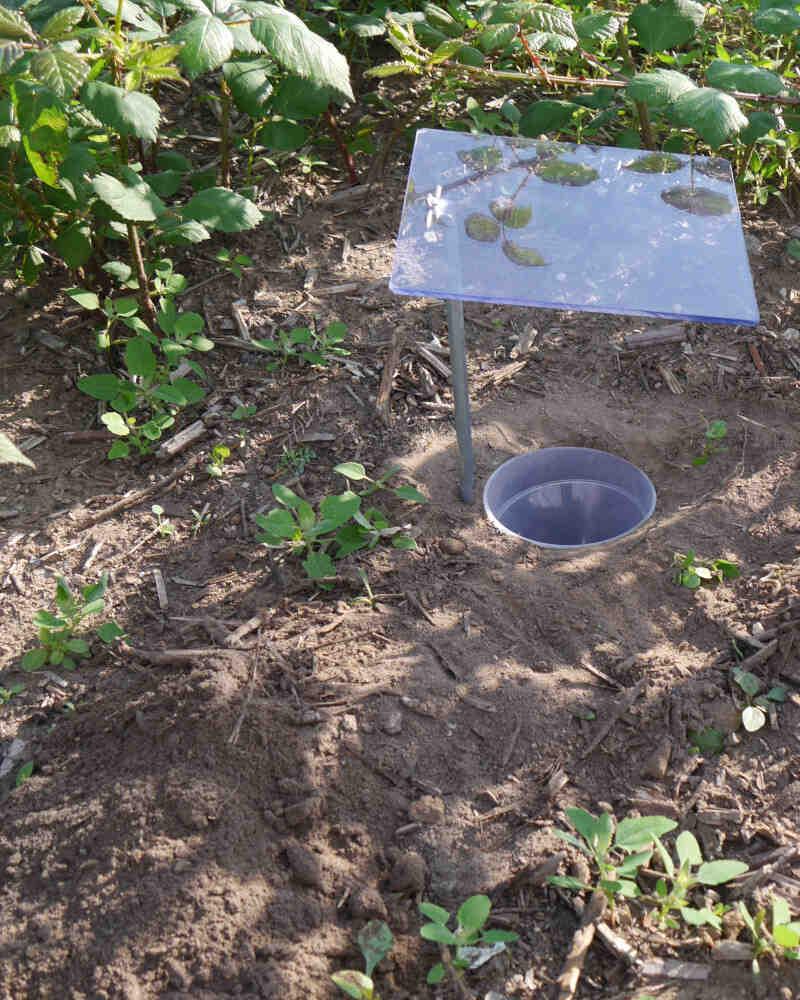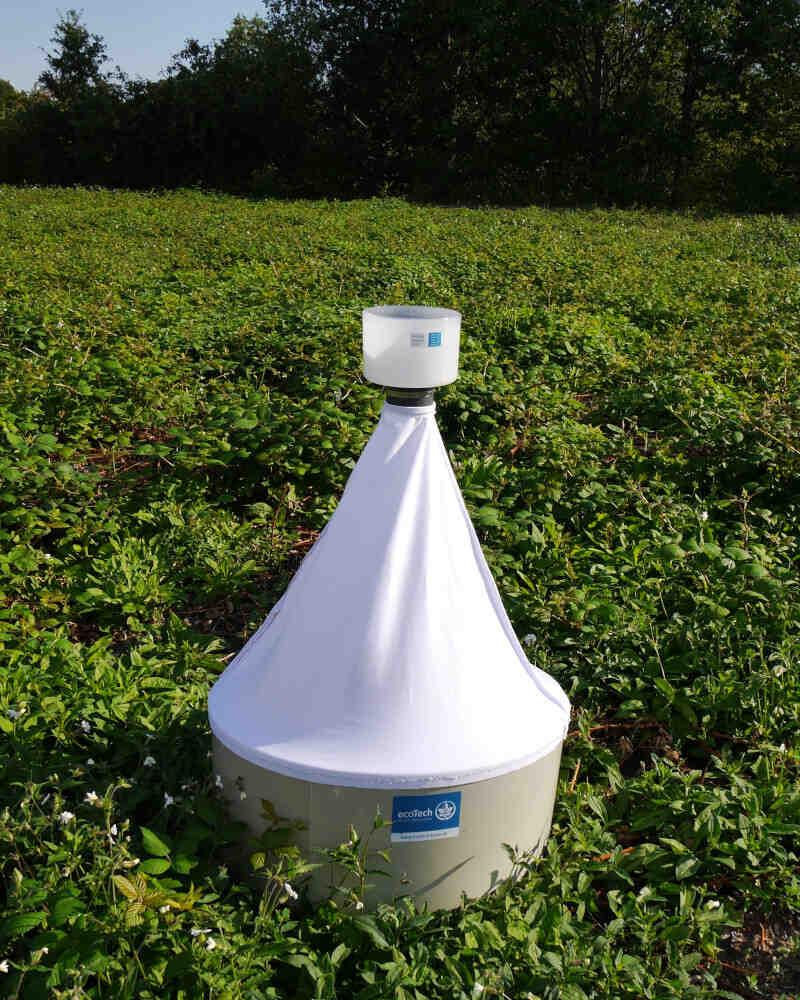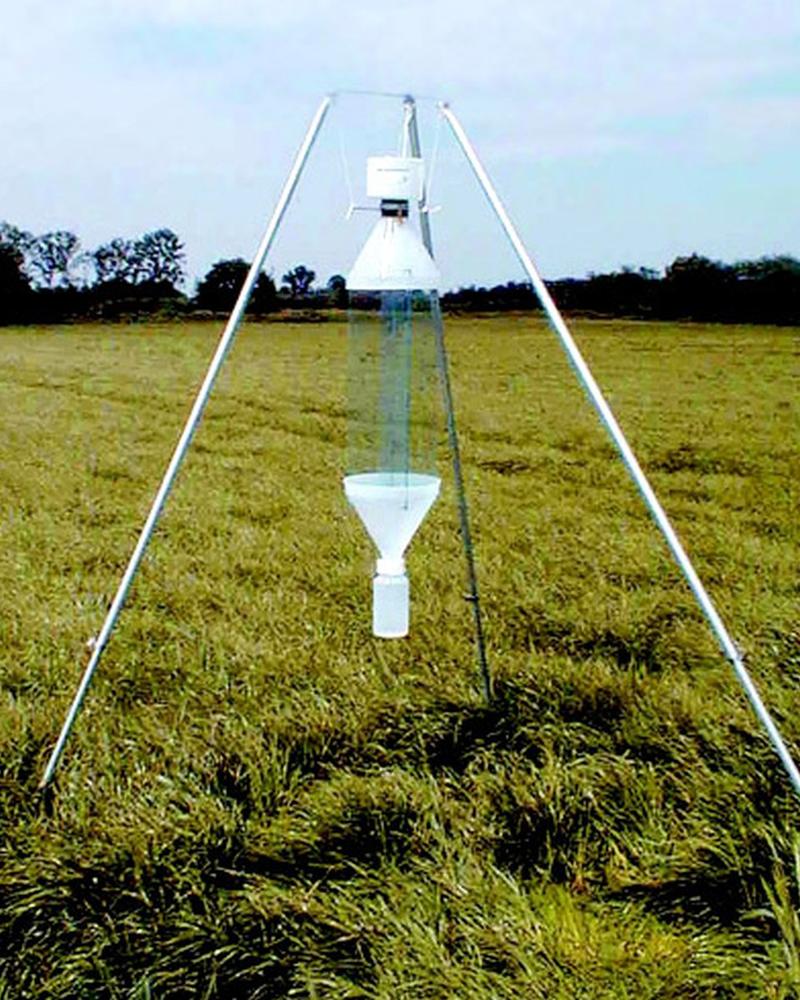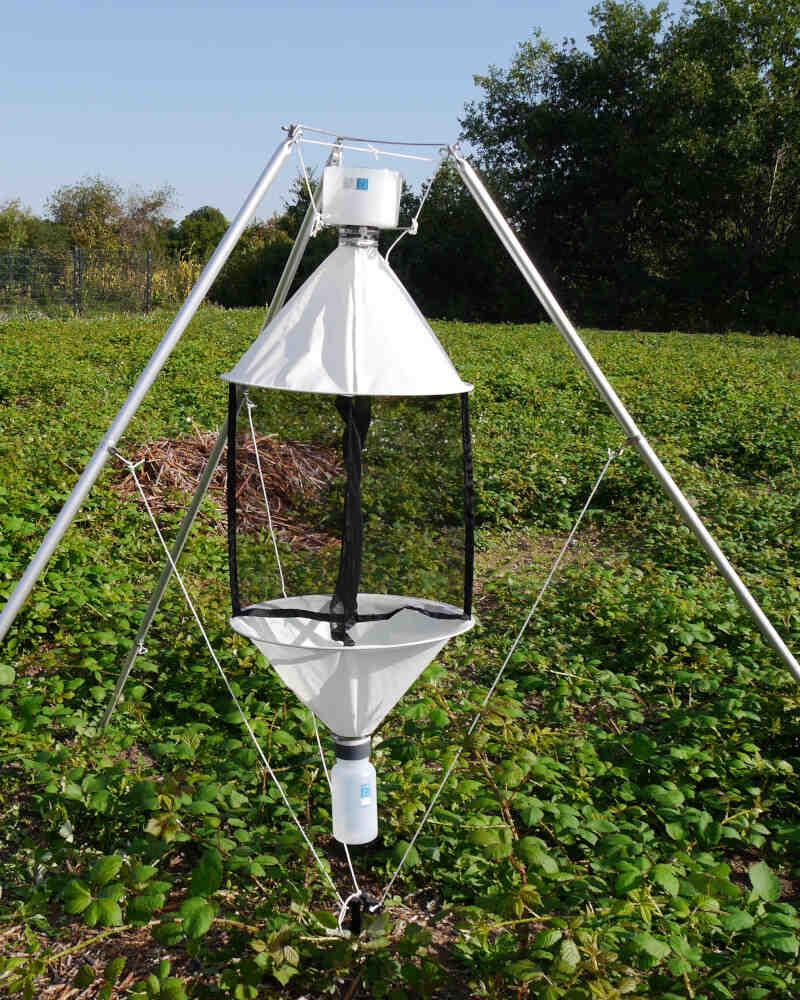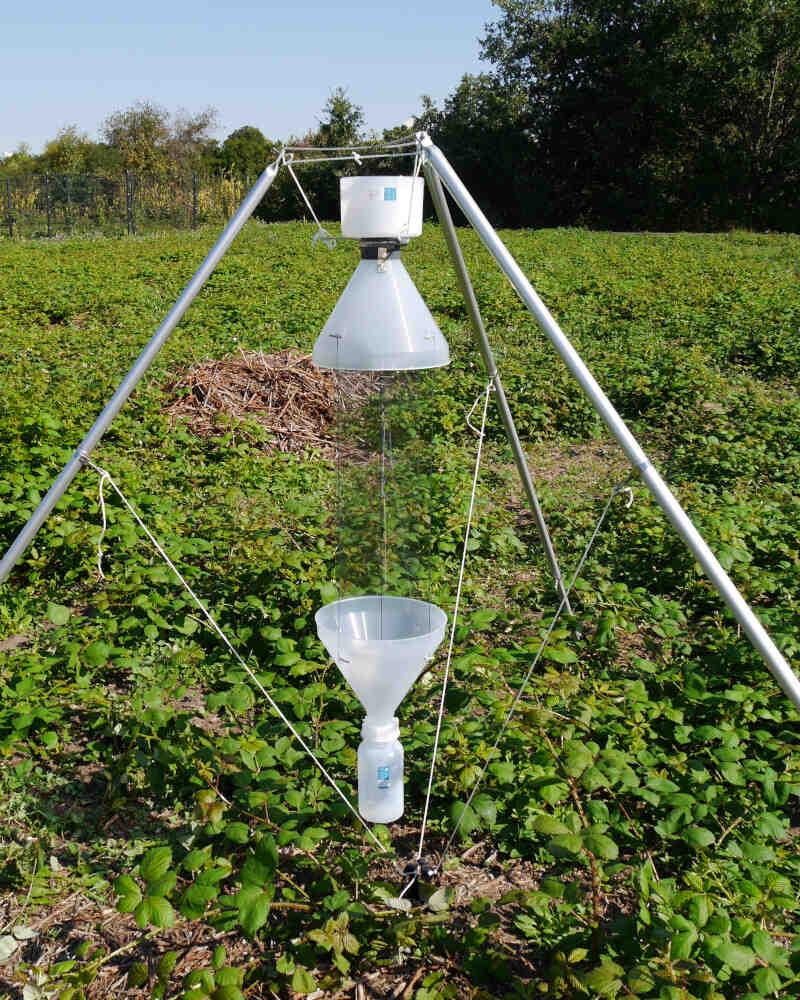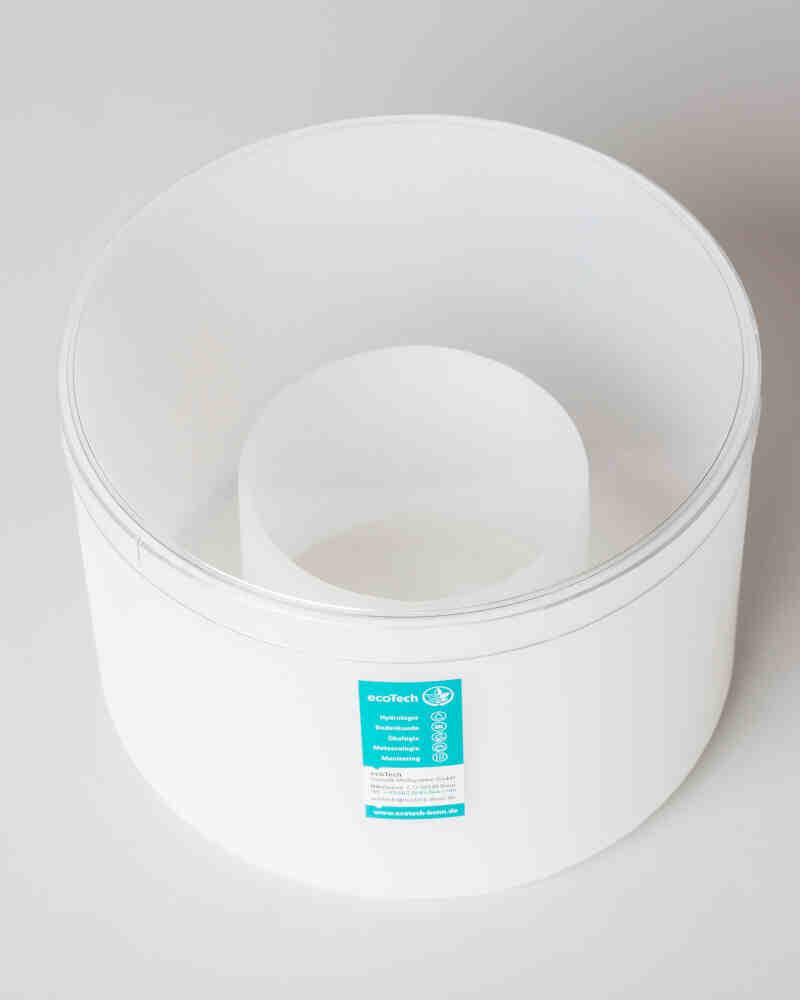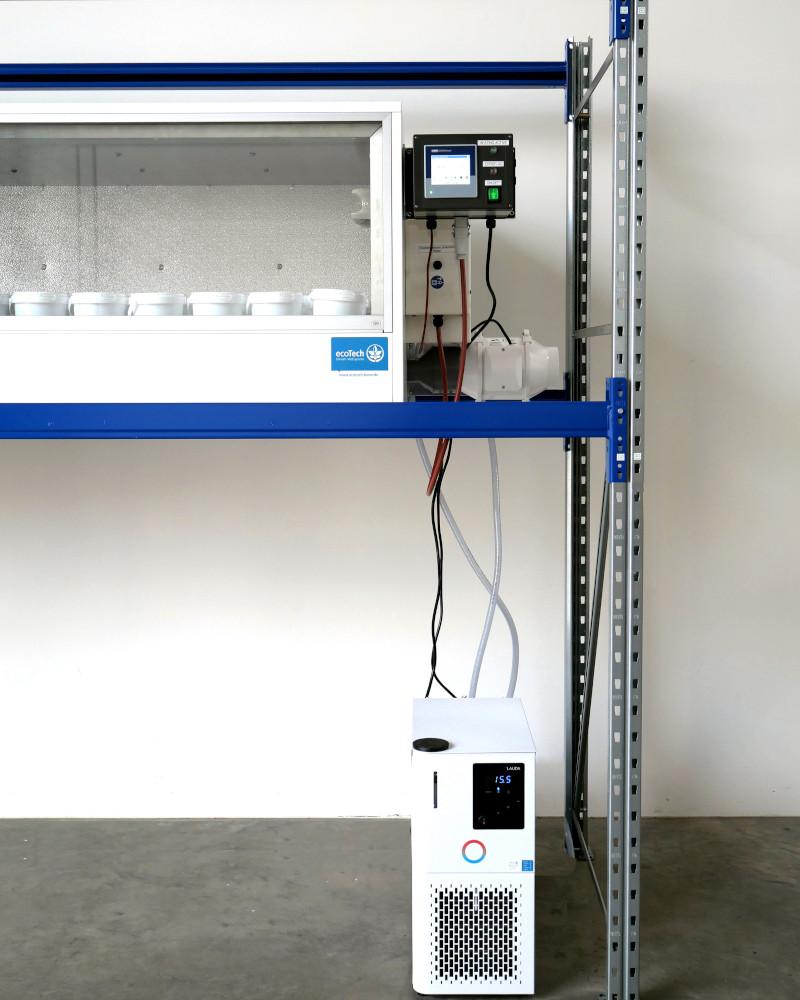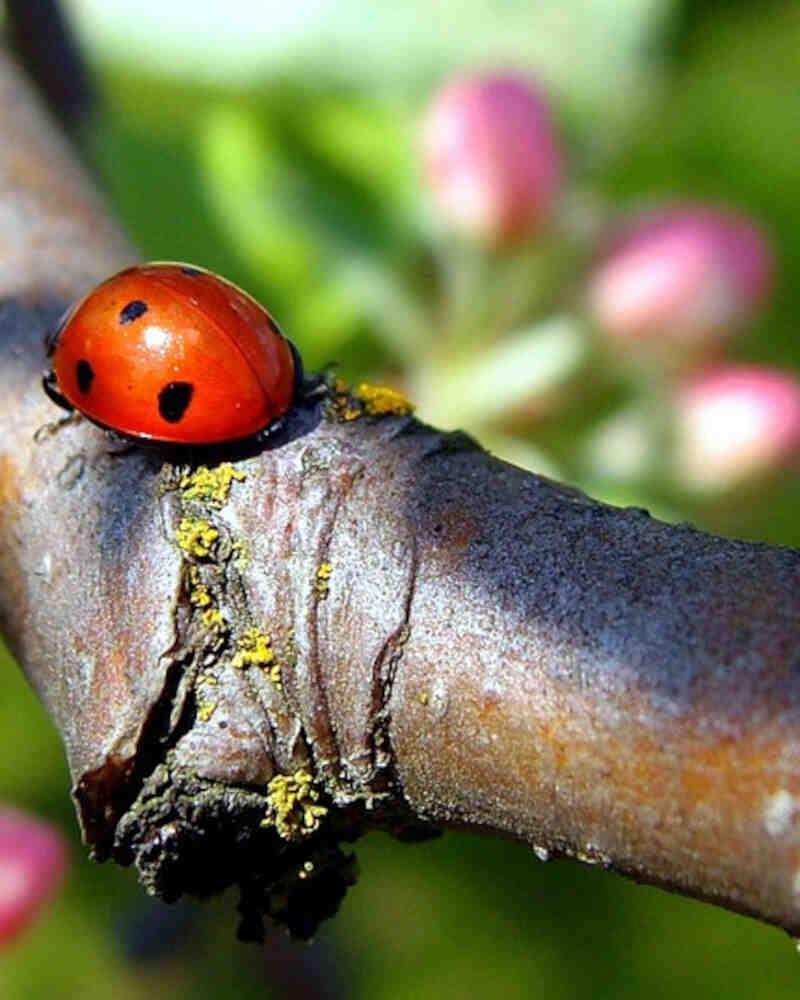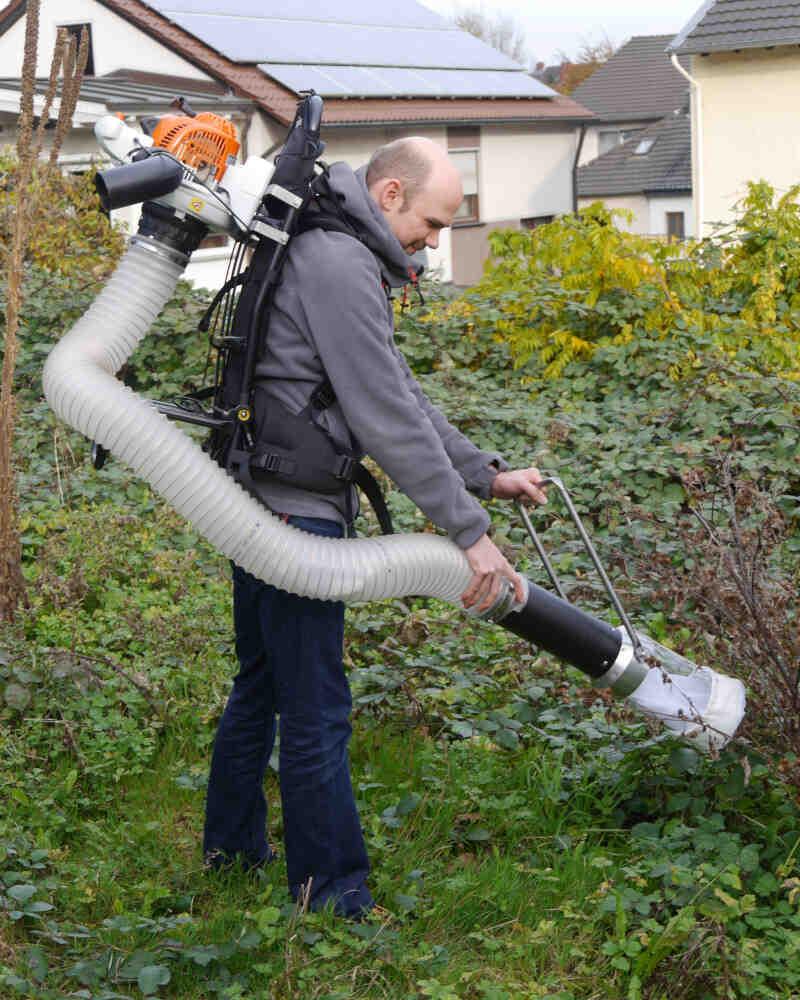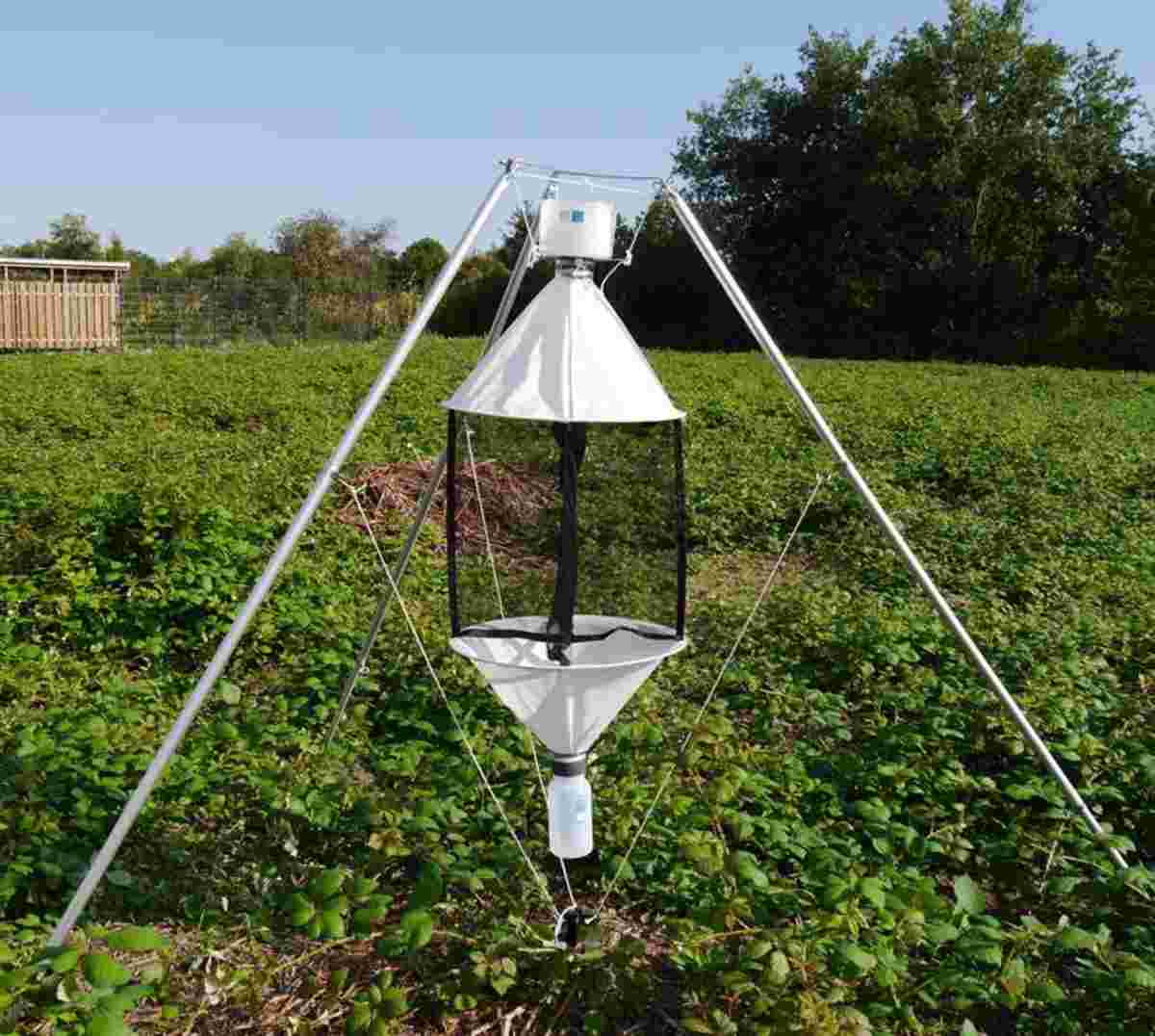FAQ - frequently asked questions
Originally, ecology is a branch of biology that deals with the so-called interrelationships of all living things with each other. It is important to know that in this context the word living being stands for humans and animals as well as for plants and microorganisms.
At the same time, however, ecology also deals with the interrelationships of these very creatures and the unoccupied environment, which includes the soil, climate and water. It is therefore indispensable for the existence of life on our planet.
From all the ecological contexts, we can therefore identify our so-called ecosystem, whose function is already suffering from various disturbances of these interrelationships.
In order to understand and be able to promote the existing ecosystem, which is the basis of our life, ecology divides its questions into three sub-areas, from which necessary measures in the most diverse areas of life can result, which may touch on a wide range of topics.
Ecologists proceed step by step, starting with the smallest form of ecology. This so-called auto-ecology is mainly concerned with the interrelationships of the smallest individual organisms and their environment, from which initial conclusions can be drawn about their dependence on their habitat.
The second step, population ecology, already expands these observations somewhat and looks at groups of similar individual organisms. The researchers' main focus here is on animal and plant life, which promises to draw conclusions about the functions of our ecosystem from the behaviour of one group towards another.
Our human habitat, on the other hand, is only affected by ecology in the third step. Here, in the approach referred to as synecology, our entire living space is examined in order to be able to draw conclusions about the interrelationships within a multi-layered community. The aim of this questioning is to find answers to important environmental and social questions which will enable a comprehensive protection of our living space.
For this very reason, this area of research is becoming increasingly important in our daily lives and can now be transferred to other areas.
At present, a distinction is made between the major main topics, animal ecology, plant ecology, marine ecology, freshwater ecology, continental ecology, molecular ecology and finally human ecology, which is primarily concerned with the human habitat and investigates the interactions of humans per se with their environment.
In this context, ecology has, especially in recent years, also found increasingly rapid access to our everyday lives, and is now also being used in politics, the economy and energy policy, where it is intended to help develop a good concept for protecting the earth.
Source:
http://www.gfoe2007.de/okologie-%E2%80%93-was-ist-das-eigentlich.htm
Kempson method:
The Kempson method is a laboratory method of ecology to study the species spectrum and animal density in soil and litter.
The samples taken in the field are placed in prepared tubs with wire mesh floors and heated and dried from above by strong light. The animals migrate downwards into the more humid part and finally fall through the wire-grid floor into a collecting trough with preservative liquid.
The efficiency of the method is very high at over 90%.
(Michael Mühlenberg: Freilandökologie. 3., überarbeitete Auflage. UTB, 1993, S. 422, ISBN 3-8252-0595-9)
Sieve flotation method:
Soil samples are flushed with water through five cascade-shaped collecting trays, each connected by an overflow, each of which contains a sieve tray. The sample material thus sieved out is then flotated with a glycerine-water mixture (spec. weight 1.14). This separates the animals from the heavier, remaining soil and plant material.
Determination of animal densities in the soil, especially of dipterous larvae and other less mobile stages of arthropods and annelids.
(Michael Mühlenberg: Freilandökologie. 3., überarbeitete Auflage. UTB, 1993, S. 422, ISBN 3-8252-0595-9)
The arthropods emerging from the soil in spring and summer are quantitatively captured in soil photo-electors, the evaluation can be carried out both with regard to their density (number of individuals per unit area) and - for questions of life cycle - with regard to their temporal occurrence (phenological). Spiders, weavers, centipedes and woodlice are only incompletely recorded in soil photo-electors, as they are not pronounced stratigraphic changers. They are determined in absolute density in two ways: Manual selection and heat extraction with a KEMPSON selection apparatus.
(Michael Mühlenberg: Freilandökologie. 3., überarbeitete Auflage. UTB, 1993, S. 422, ISBN 3-8252-0595-9)
Federal Agency for Nature Conservation, Federal Environment Agency, Society for Ecology, various university institutes of ecology.

